Ideas to Support Your Child’s Expressive Language
- Expand and extend on what your child says; add information to what your child has said to model new vocabulary and longer sentences
- Use corrective modeling- repeating what your child says, but using correct grammar and sentence order
- Use functional phrases to encourage your child to use simple sentences vs. single words (i.e. “I want ____.”)
- Use choices to model the vocabulary for your child (“Did you mean___ or __?”)
- Use open-ended questions to encourage your child to provide more information
- Clarify and restate your child’s language attempts when they are unclear
- Provide practice talking about routines and steps within familiar activities
- Encourage your child to provide personal narratives or recounts of their own experiences
- Provide verbal prompts to help your child sequence and organize their ideas (first, then, next, last)
- Read books with repetitive patterns to model language structures
- When reading, discuss key story elements (i.e. characters, setting, problem, action, solution and ending) to build narrative skills
- Use story structure questions to their understanding of stories (“Who are the characters?”, “What happened first?”)
- Prompt your child to ask questions to seek additional information; model these types of questions, i.e. “What does this do?”
- Prompt your child to ask for help when needed i.e. “I need help” instead of just doing things for your child first.
Resources: Early Language Development
Facilitation Techniques to Encourage Communication
How to Build Language and Literacy Through Powerful Conversations
Communication Temptations to Encourage Communication
Using Stories to Support Expressive Language – Google Slides

